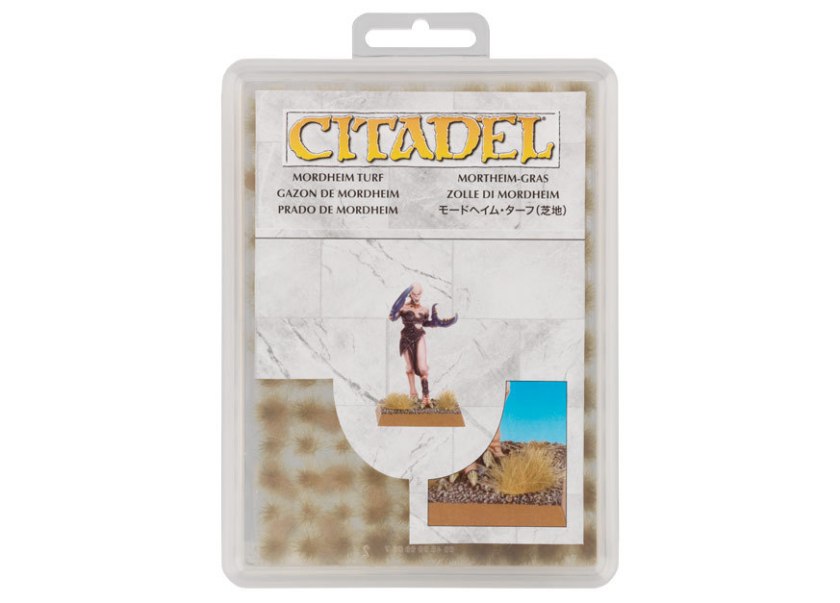The SdKfz 251 (Sonderkraftfahrzeug 251) half-track was an armored fighting vehicle designed and first built by Germany’s Hanomag company during World War II. One of the most common, and best armoured of the wartime half-tracks, the SdKfz 251 was designed to transport the panzergrenadiers of the German mechanized infantry corps into battle. Widely known simply as “Hanomags” by both German and Allied forces, they were widely produced throughout the war, with over 15,252 vehicles and variants produced in total by various manufacturers.
This is an old metal model that I think was made by SDD. I am using it as a testbed for which method I should use with my Flames of War resin models and I suspect in the end it will probably end up as a piece of scenery.
Having given the model a basecoat of Warpaint German Armour the next stage will be to add the disruptive camouflage.
I thought long and hard about how to do this, and I didn’t have or really wanted to buy an airbrush, even though that appears to be the accepted method for doing late war German camouflage.
What I did was take an old paintbrush and cut off the bristles leaving a quarter inch. This brush is then used to stipple on the camouflage pattern.

I used Reflective Green (890) and Chocolate Brown (872).

I am quite pleased with the effect.
Though the official German manual during the war told how the camo pattern was to be applied, it said the raw paint mixture was to be mixed with petrol and sprayed onto the vehicles. Reality and short supplies of petrol meant that more often the camo pattern was “painted” onto the vehicles, sometimes with brushes and sometimes with rags.
I do like the effect that the airbrush gives these models, I am not sure if I have the requisite skill to do it justice on small models like this.
See the workbench feature on the German SdKfz 251 Armoured Half Track.





































